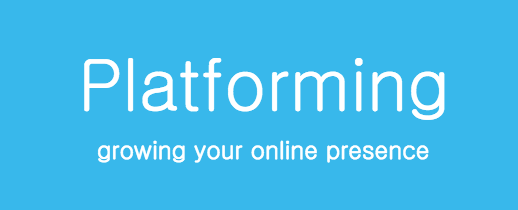
Be the Exception
It’s easy to feel lost in the world of book publishing. Experts say there are over a million proposals…
October 26, 2022
It’s easy to feel lost in the world of book publishing. Experts say there are over a million proposals…
October 26, 2022
Why Does It Matter? If you’re serious about building a long-term career as a social media writer, building a…
February 18, 2022
Writers Chat, hosted by Jean Wise, Johnnie Alexander, and Brandy Brow, is the show where we talk about all…
September 30, 2021
As a writer, you need to know how to act and what to do in order to get more…
March 24, 2021
Writing a novel is hard work and takes time. Writing a Historical Fiction novel may require more time and…
October 20, 2020
If you’ve been to any writers conference lately, you’ve no doubt heard lots of talk about building a platform.…
September 21, 2019
Last week I taught several workshops at a Christian Writers Conference and also met one on one with numerous…
June 13, 2018
When building a writer platform, few of us consider hiring a virtual assistant, or VA. Most of us are…
September 3, 2016
Smart writers invest in workshops, courses, and conferences. Smart and savvy writers will also invest time in building their…
May 16, 2016
“Does building a platform really increase chances of publication?” This is a question many beginning authors ask when they…
February 19, 2016